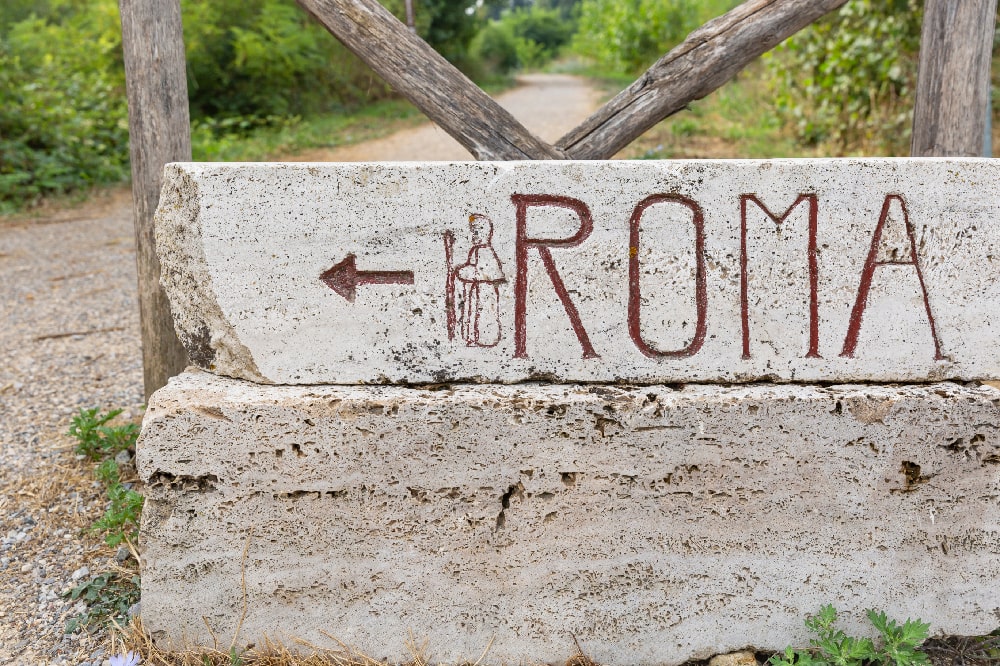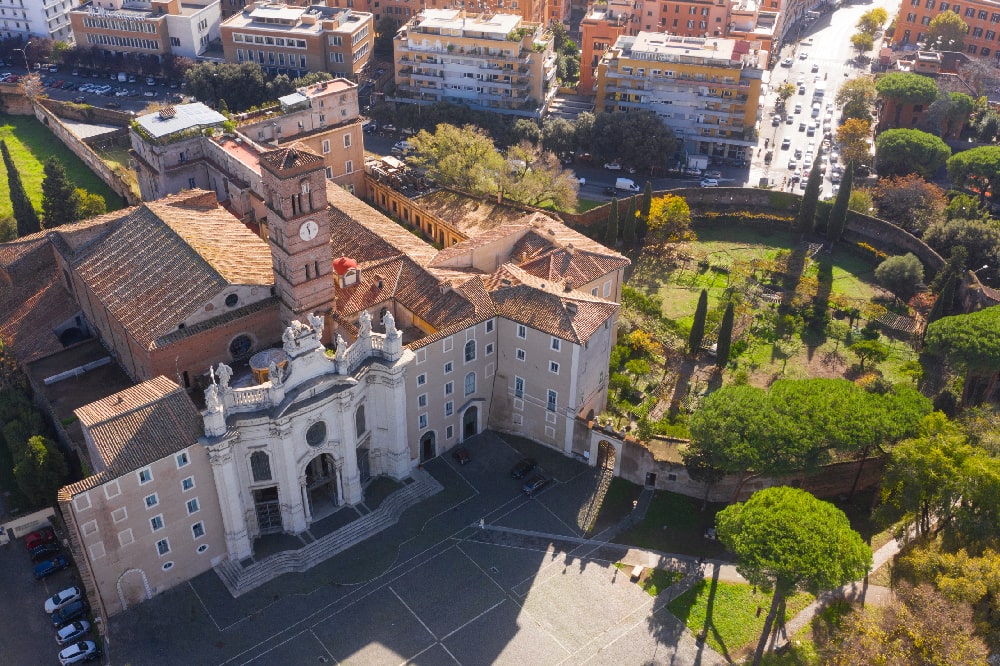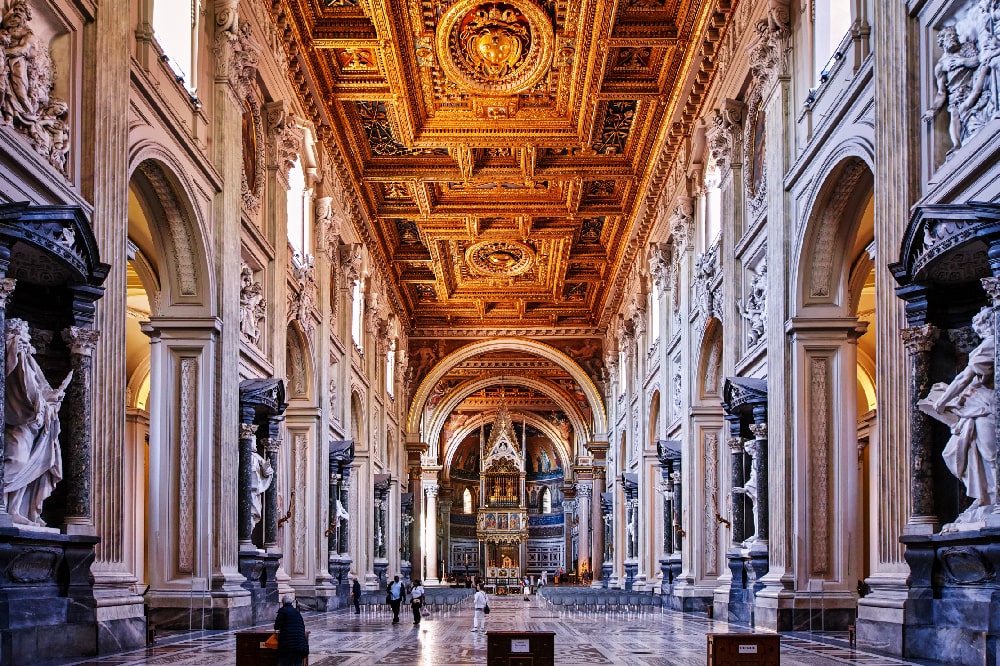The liturgical times of the Catholic Church are the seasons in which the liturgical year is divided. Let’s explore these together!
Contents
We often hear about the liturgical year and the liturgical times of the Catholic Church. But are we sure we really know what they are? In particular, what and how many are the liturgical times? How are they distinguished? At Holyart we wanted to summarise the division of the liturgical year into liturgical times in this article to help those who still have doubts to understand concisely how the liturgical times of the Catholic Church are organised.
Why do we think it is important to have clear ideas about this? Because every liturgical season provides not only different theological contents in the context of the ceremonies and the liturgy, in the colours to be used in the celebrations, in the passages of the Sacred Scriptures that are read during the Mass. Every liturgical season requires a different attitude of the soul on the part of the believer, a predisposition of faith and heart that changes according to the festivals planned for that period, the moment of the life of Jesus or the Saints who are celebrated there. There is a time for waiting and a time for fulfilment, and this affirmation is more true than ever in the cycles and recycles of the liturgical year, which has been repeated for centuries involving all Christians.
Meanwhile, we can say that the liturgical year celebrates and renews the life of Jesus distributed over an entire year. The heart of the liturgical year is the Easter Triduum, as it recalls the passion, death and resurrection of Jesus.
The liturgical year begins with Advent and ends with the Solemnity of Christ the King, celebrated on the thirty-fourth Sunday of Ordinary Time, at the end of
November. The liturgical year is measured in weeks and is composed of the Temporal, which includes the Christmas cycle of Advent and Christmas, the Easter cycle with Lent and Easter, and the 34 Sundays of Ordinary Time, and the Santorale which includes, instead, the days dedicated to the memory of the Saints.
The liturgical year represents for every Christian a journey of salvation, during which every faithful is invited to make their own the earthly and spiritual experience of Jesus, to transform their lives and make them more worthy and holy according to His model.
Liturgical times of the Catholic Church
First of all, let us define the liturgical times of the Catholic Church. At the same time, we will try to summarise what celebrations and biblical readings they foresee. For clarity, we will talk about the Roman Rite, handed down by the Church of Rome and the most widespread of Christianity. In the Ambrosian Rite, all the liturgical times are anticipated and the celebrations end the last week after Pentecost.
This is how the liturgical year is divided:
Advent
Advent is the time of waiting: on the one hand we celebrate the coming of Jesus, because of Christmas; on the other, more broadly, we celebrate the hope of His return with the end of time (the so-called Parousia, the coming of the glorified Lord Jesus, with power and glory).
This liturgical time lasts four weeks. The Advent begins four weeks before Christmas, approximately between 27 November and 3 December. There are six weeks in the Ambrosian Rite.
Advent begins with the vespers of the first Sunday and ends with the vespers of Christmas, on 24 December, and with the beginning of the liturgical season of Christmas.
Advent is a time of joy and hope, for the expectation of the Saviour.
In the Roman Rite, purple is used as a liturgical colour, in the Ambrosian one morello, a nuance of purple.

Advent time
Advent has always been one of the most important moments of the year for Catholics all over the world…
Christmas
The liturgical season of Christmas begins on the evening of 24 December, with Vespers, and ends on Sunday after the Epiphany. It, therefore, lasts from fourteen to twenty days.
Like and more than Advent, Christmas is a time of great joy, because it celebrates the first coming of Jesus, who became man for the love of all of us.

Ordinary Time 1
The time following the Epiphany is part of the so-called Ordinary Time, that is, all those periods of the liturgical year during which no feasts of particular importance are celebrated. In the Roman Rite, it lasts thirty-three weeks, divided into two distinct periods of Ordinary Time:
- from the Monday after the Sunday of the Baptism of Jesus, or the Sunday after the Epiphany, at the beginning of Lent (Ash Wednesday);
- after Pentecost and until the next Advent.
The liturgical colour of Ordinary Time is green, for both the Roman and Ambrosian Rites. During Ordinary Time the Church and the faithful focus on reading and understanding the Gospels, according to the cycle of readings over three years established by the Lectionary. The reading cycle is identified by readings A – B – C :
- Year A: Most of the Gospel texts from the Gospel of MATTHEW.
- Year B: most of the Gospel texts from the Gospel of MARK.
- Year C: most of the Gospel texts are from the Gospel of LUKE.
The Gospel according to JOHN is always read at Easter and is used for other liturgical times, such as Advent, Christmas and Lent.
Lent
Lent lasts forty days and precedes the celebration of Easter.
It begins on Ash Wednesday and ends on Holy Thursday.
The Ambrosian Rite, on the other hand, starts on the Sunday following Mardi Gras and ends on Holy Thursday.
There are therefore five Sundays of Lent: the sixth begins Holy Week and takes the name of Palm Sunday and the Passion of the Lord.
This liturgical time recalls forty days spent by Jesus in the desert.
It is therefore a time of penance, prayer and preparation for Easter, during which sin is fought to be worthy of Jesus and his sacrifice.
Holy Week is the week before Easter and is the most important week of the year. In it, we follow Jesus from his entry into Jerusalem (Palm Sunday) to his arrest, to the Passion, to death and burial.
Holy Thursday commemorates the Last Supper and opens the solemn Easter Triduum, the central time of the liturgical year because in those three days Jesus instituted the Eucharist, the ministerial priesthood and he pronounced the commandment of fraternal love.
In addition, Good Friday commemorates His death on the Cross.
On Holy Saturday every liturgical celebration is suspended, to remember the descent of Jesus to Hell, while we prepare for the Easter Vigil (the night between Saturday and Sunday).
The liturgical colour of Lent is purple, morello like the Ambrosian Rite.
The Ambrosian Rite begins Lent with the first vespers of Sunday after the Wednesday of the Ashes in Rome and ends on the evening of Holy Thursday, for a total of forty days.
To recap:
- Palm Sunday: remembers the solemn entrance of Jesus in Jerusalem
-
Triduo Pasquale: the following are part of it:
- Holy Thursday (Last Supper). After the Mass, the Eucharist is enclosed in the tabernacle adorned with flowers and lights, to be adored by the faithful who remember the night Jesus spent in the olive grove. Remember the Last Supper. The Bishops and all priests invoke the Holy Spirit to bless the oils that will serve the sacraments and renew the promises of their ordination;
- Good Friday (Passion of the Lord). One reads Gospel passages of the Passion of Jesus, then prays together for all the needs of the world invoking the mercy of God. This is followed by the procession of adoration of the Cross that saved the world and communion with the bread consecrated at Holy Thursday Mass;
- Holy Saturday-Easter Vigil: prelude to the Easter Vigil. It begins with the Liturgy of Light, which takes place outside the church where the paschal candle is lit and the entrance of the faithful into the dark church. It follows the Liturgy of the Word with readings on the Jewish Passover (escape of the Jews from Egypt). The bells that have been silent since Holy Thursday are rung. Then comes the Baptismal Liturgy, with which the water is blessed for Baptism and the Eucharistic Liturgy that evokes the death and resurrection of Jesus.
Easter Season
The Easter Vigil marks the end of Lent and the beginning of Easter itself when the triumph of Jesus Christ over death is celebrated.
Easter is fifty days and lasts until Pentecost.
Throughout this time the joy of the Resurrection is celebrated, with a succession of ceremonies and liturgical feasts during all the Sundays of the Easter Season.
Forty days after Easter, the Ascension of Jesus is celebrated, which with Easter and Pentecost is one of the most important feasts of the Ecclesiastical Calendar. It is the moment when Jesus, after dying and being buried, ascended to Heaven.
Fifty days after Easter, Pentecost is celebrated, the descent of the Holy Spirit on the Apostles that began their evangelical mission and the birth of the Church.
The liturgical colour is white and red for Pentecost.
Ordinary Time 2
As already specified, after Pentecost, the second period of Ordinary Time begins. These are periods of listening to and contemplating the Word of the Lord. The themes change as we approach Advent.
The liturgical colour is still green.
The Ambrosian Rite divides Ordinary Time after Pentecost into three distinct moments:
- weeks after Pentecost (red liturgical colour);
- weeks after the martyrdom (red liturgical colour);
- weeks after the Dedication (green liturgical colour).
 Read more:
Read more:Ambrosian rite and Roman rite: let’s see the differences together
Ambrosian and Roman rite. How do they differ? How is it possible…
Colours of Catholic liturgical vestments
Speaking of the various liturgical times, we have already listed the colours used for the vestments on the occasion of the various feasts. Each of these colours has a precise meaning, and they were codified by the will of Paul VI in the Roman Rite in 1969. The most important are four:
- white (Easter)
- green (Ordinary Time)
- red (Palm Sunday, Good Friday, Pentecost)
-
purple (Advent, Lent, Masses for the dead)
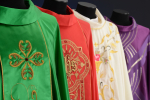 Read more:
Read more:The colours of the Catholic liturgy and their meaning
The liturgical vestments of Catholic priests during religious celebrations and the many sacred vestments…
But there are also other colours used in liturgical vestments only on some special occasions or as an alternative to canonical colours:
- rose (3rd Sunday of Advent and the 4th Sunday of Lent);
- azure (celebrations in honour of the Blessed Virgin Mary);
- gold (Solemnity of particular importance);
-
black (Masses for the dead)
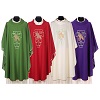 Buy Now:All the vestments are well made and available in different liturgical colors.
Buy Now:All the vestments are well made and available in different liturgical colors.
The liturgical year explained to children
Teaching children and young people how the liturgical year is organised can be a valuable way to help them become familiar with the major liturgical festivals, periods and colours. Precisely the colours could help especially the little ones to understand what the various liturgical times are.
Purple is the colour used to celebrate the expectation for the birth of Jesus (Advent) and the preparation for Easter (Lent). In both periods we must intensify prayer and be better.
White is the colour of Christmas when Jesus came into the world as a Child and became man for our salvation. It is also the colour of Easter when Jesus died and then rose for all of us.
Red is the colour of the Holy Spirit, used to celebrate Pentecost, but it is also the colour of the blood of the Passion, and that is why priests use it for the feasts of holy martyrs, Palm Sunday and Good Friday.
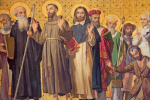
Holy Martyrs: sacrificing one’s life in the name of God
The Holy Martyrs are men and women, often very young, who sacrificed their lives for the love of God…
Finally, Green indicates Ordinary Time, during which it is necessary to meditate, pray and live the teachings of Jesus. It is divided into two parts: from the end of the Christmas holidays to the beginning of Lent; from the end of Easter to the end of the liturgical year.

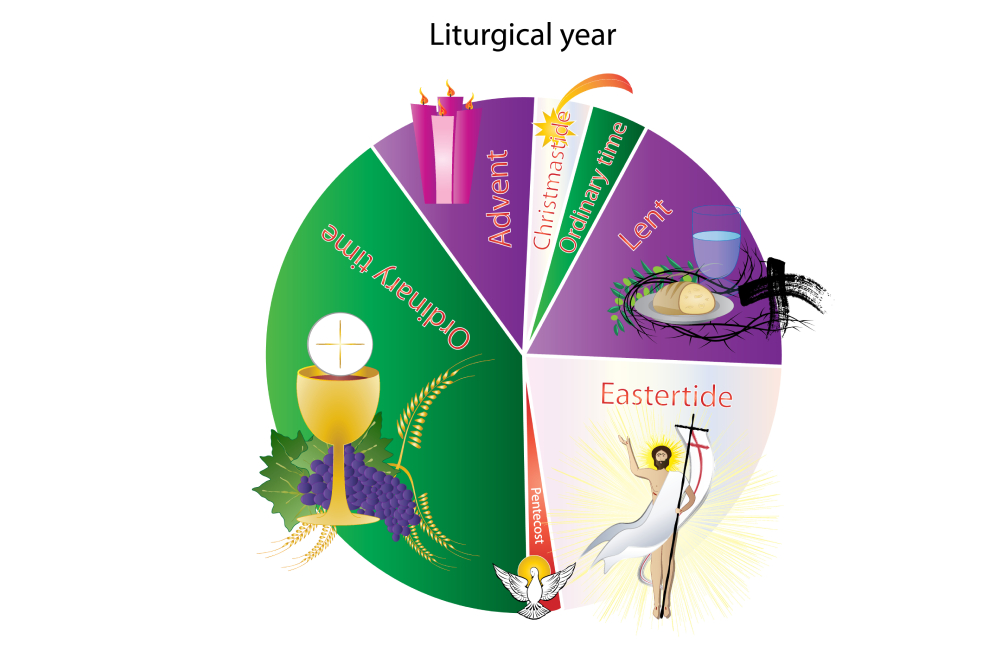

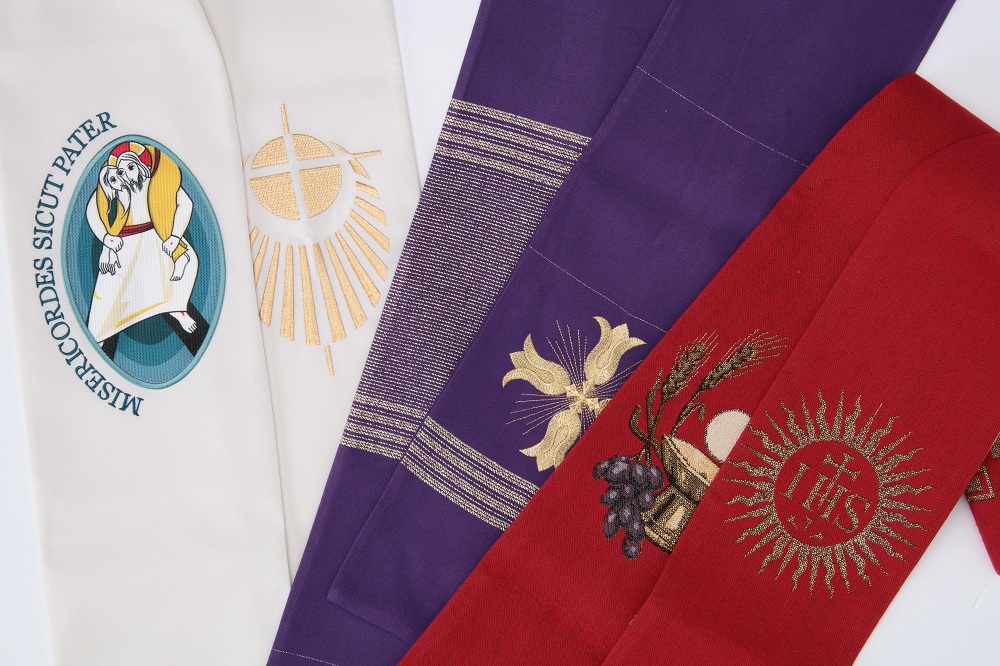
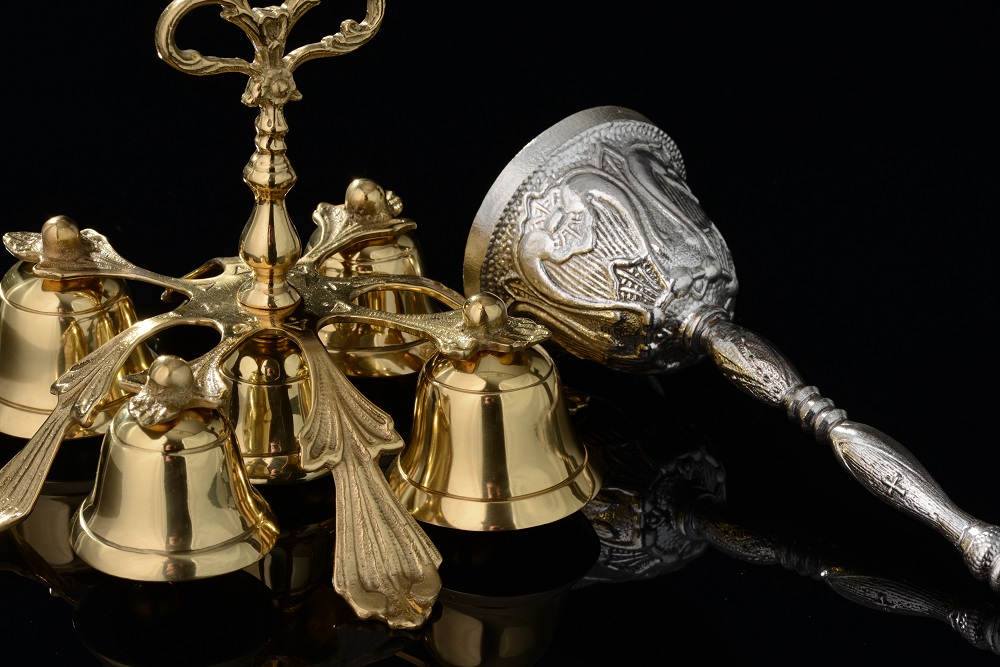
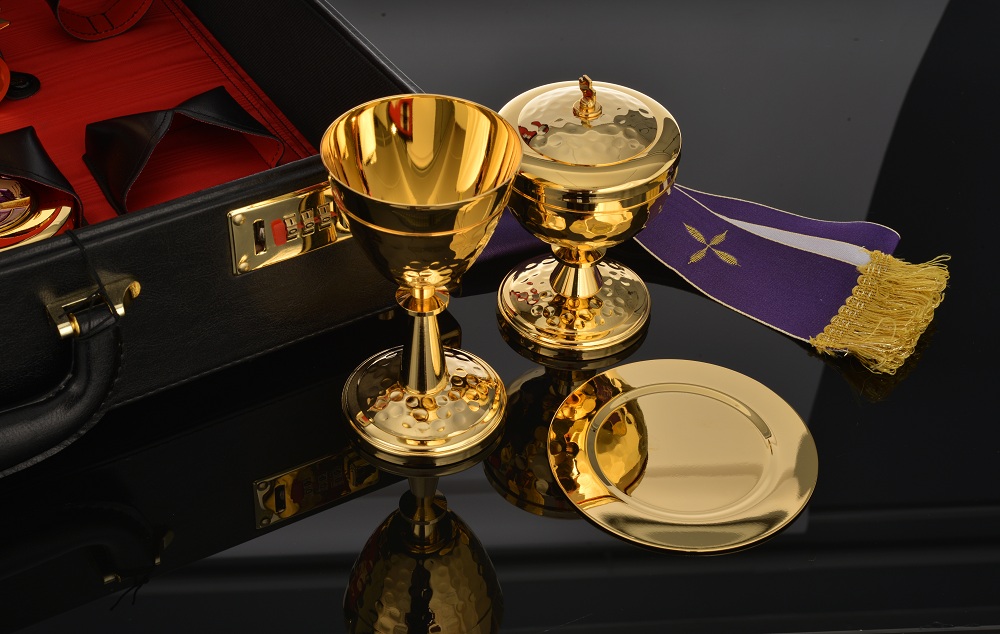
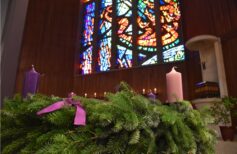
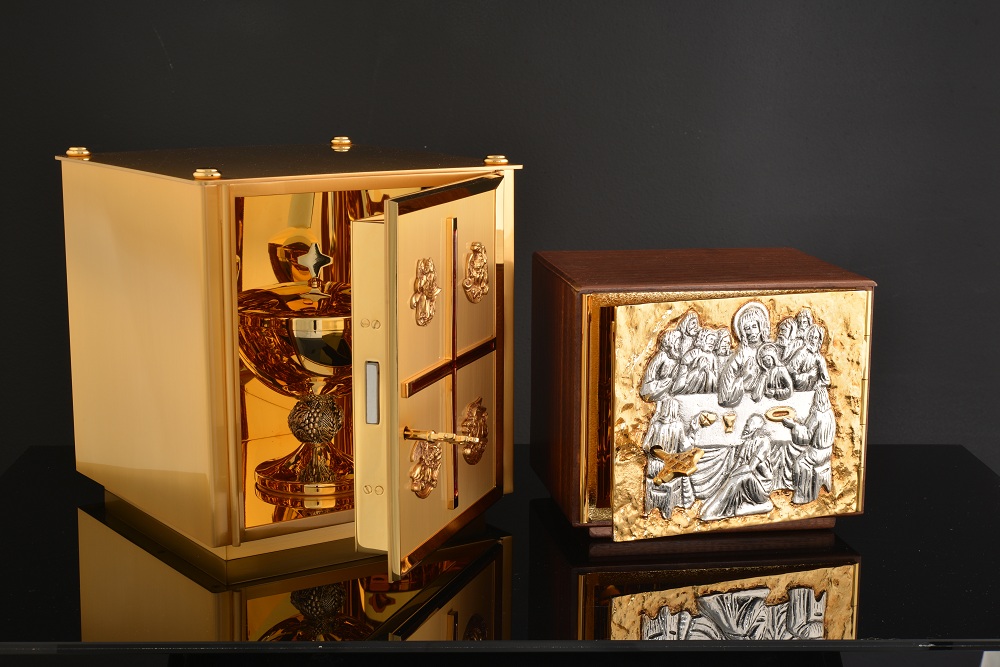
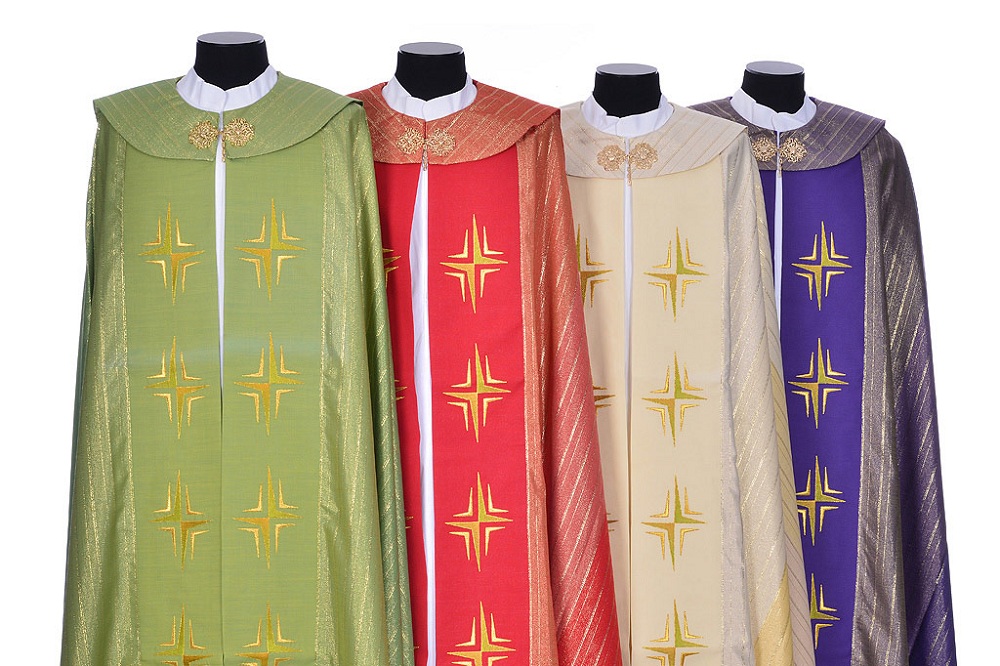
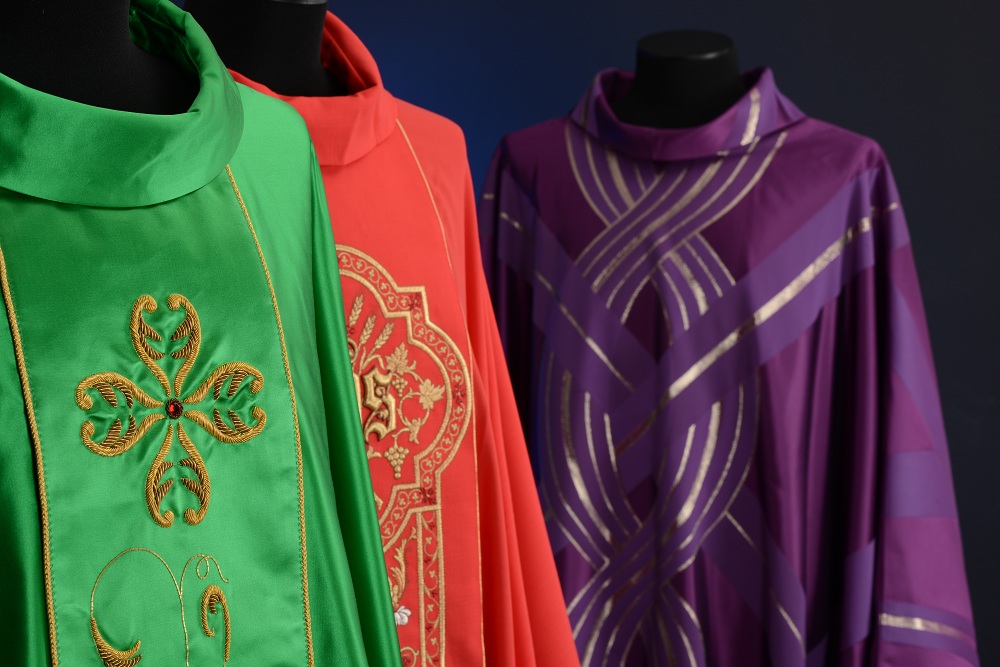
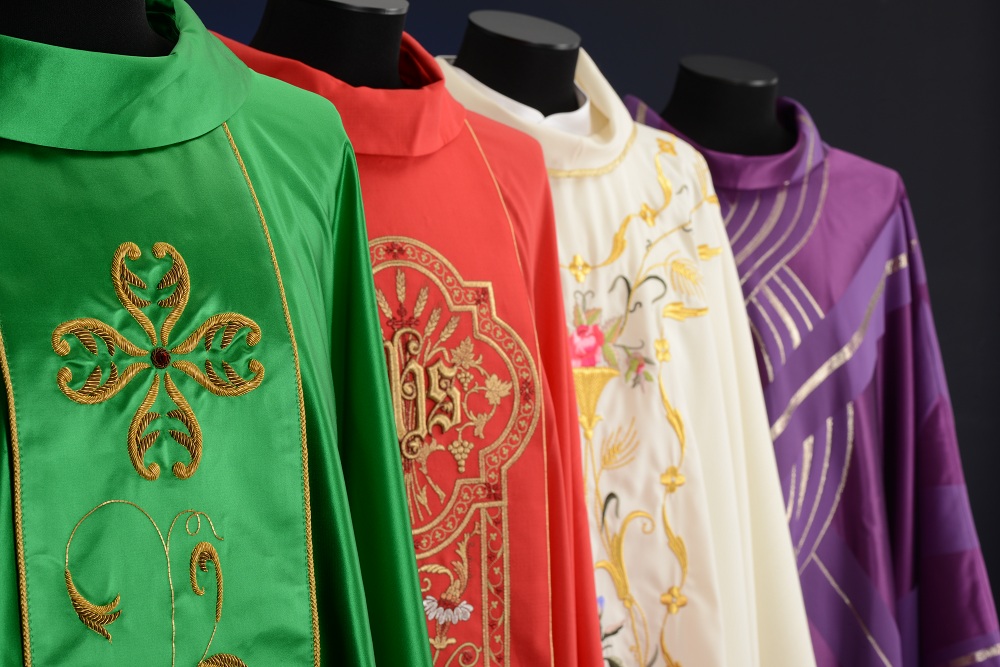






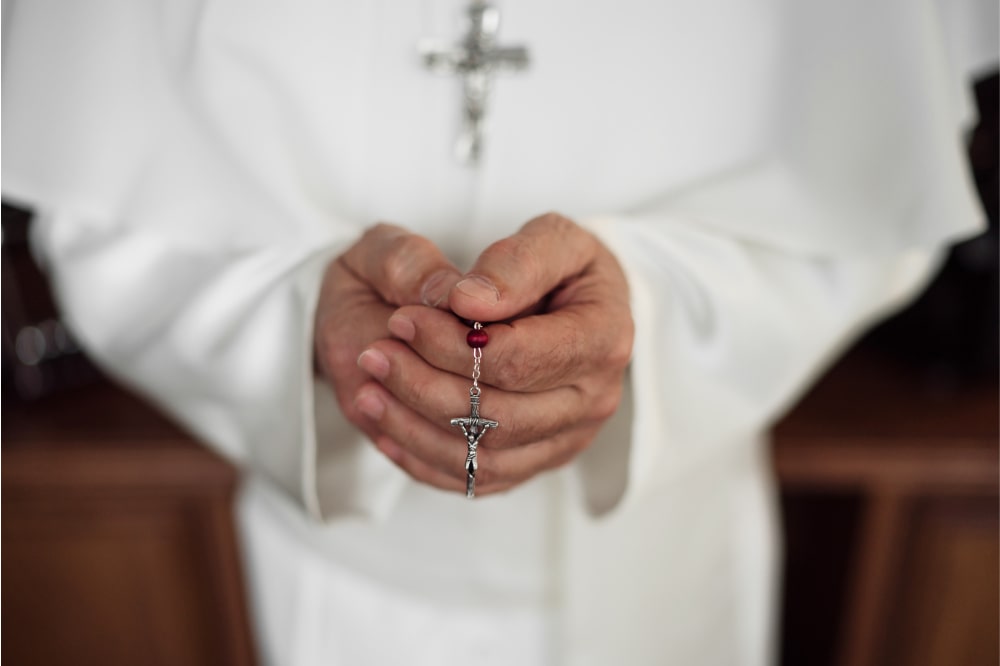
 5 June 2024
5 June 2024
